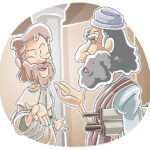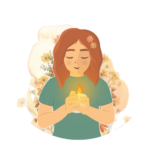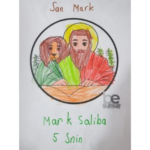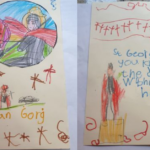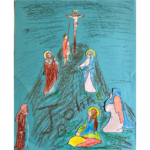
Mark, Matthew, Luke and John are the four evangelists named as authors of the Four Gospels. Besides having the third Gospel attributed to him, St Luke is also named as the author of the Acts of the Apostles.
Luke’s Gospel is based on Christ’s Life on earth: His teachings, His parables and miracles, Death and Resurrection. Luke never met Jesus in person and he was not one of the twelve Apostles. He talked to eye witnesses of the life of Jesus and he believed. Luke’s Gospel was written so that other people would also believe and come to know and love Jesus.
He is the author of the Gospel of Luke and Acts in the New Testament. He worked a lot with St Paul, in fact St Luke also visited Malta, when St Paul’s shipwreck happened in Malta. St Luke is the patron saint of artists, physicians and surgeons.





